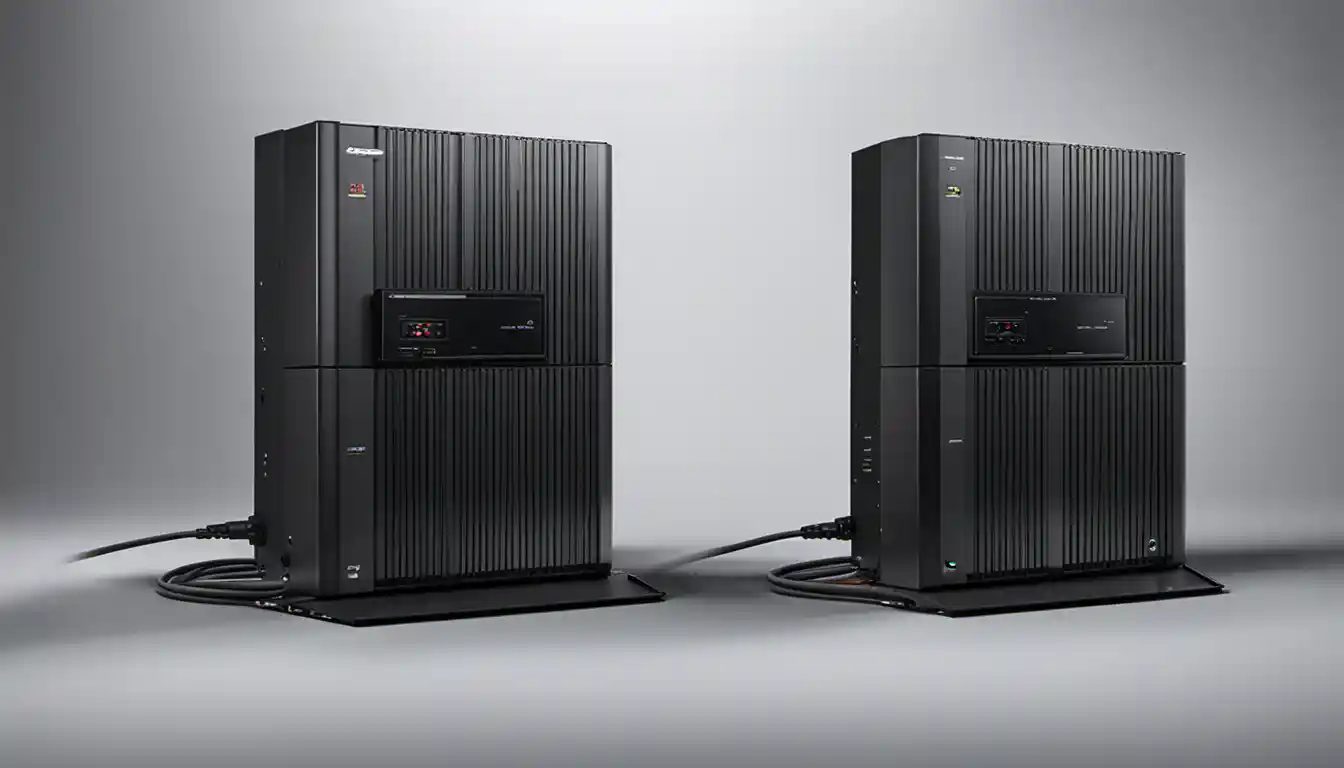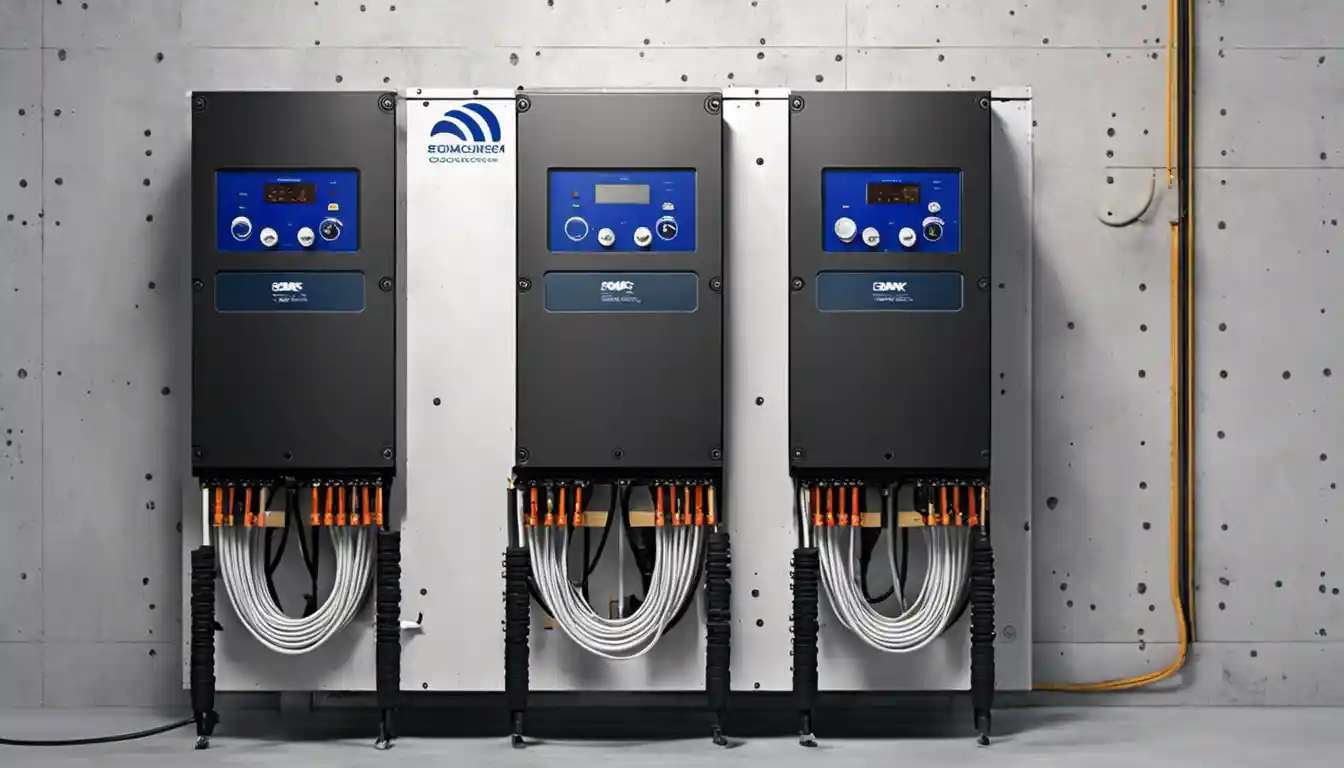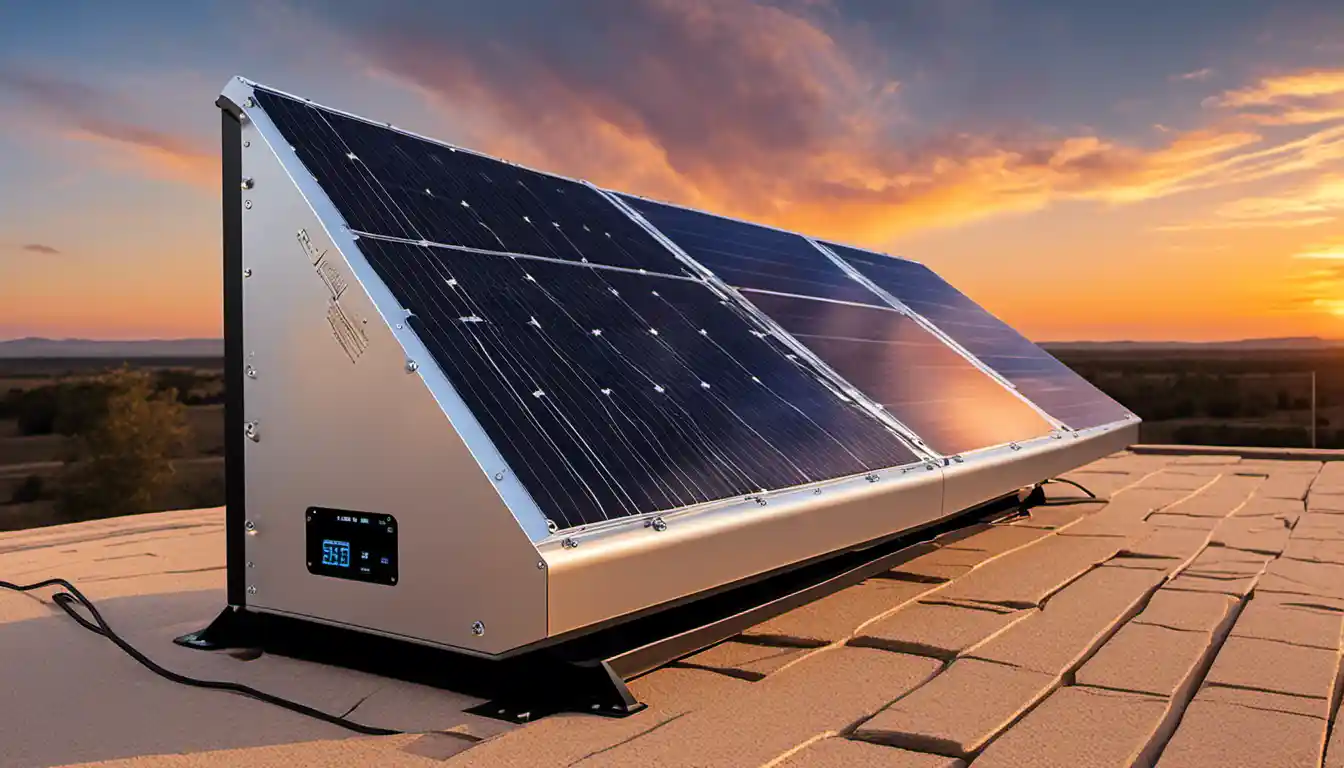Understanding Parallel Connection in Inverters
In order to connect two solar inverters in parallel, you would need to connect the positive terminal of the first inverter to the positive terminal of the second inverter and similarly, connect the negative terminal of the first inverter to the negative terminal of the second inverter. However, it is important to ensure the inverters are identical and the manufacturer allows parallel connections, because any slight differences could cause operational issues. Always consider consulting with a professional for safety reasons.
Explore the Possibility: Can Inverters be Connected in Parallel?
So, you might be wondering, “can inverters be connected in parallel?” The answer lies within your inverter’s user manual. You’ll find that some models are specifically designed to permit parallel connections – meaning, they can be connected in parallel. However, it’s important to remember that not all inverters share this capability. Connecting incompatible inverters in parallel can result in poor performance and potential equipment damage.
The Procedure: Connecting Two Solar Inverters in Parallel
Creating a parallel connection between two solar inverters might seem like an intimidating task, but with some technical know-how and proper guidance, it’s well within your reach. Here’s a step-by-step process on how to connect two solar inverters in parallel:
Step 1: Referring to the Manufacturer’s Instructions
The first step in this process is immensely crucial: referring to the user manual or manufacturer’s instructions of your particular inverters. This information is imperative to steer clear from any potential damage to your setup.
Step 2: Linking the Inverters Together

To physically connect the inverters, you’ll need appropriate cables. Attach one end of your cable to the positive terminal of the first inverter, and the other end to the positive terminal of the second inverter. Repeat this process using another cable for the negative terminals.
Step 3: Establishing Connection between the Primary and Secondary Inverters
Next, it’s time to establish a link between the primary inverter (the one linked to the grid or battery) and the secondary inverter. Connect the primary inverter into an AC source and link the secondary inverter using a data cable.
Step 4: Connecting the Adapter
Lastly, connect an RS485 adapter into the secondary inverter. Ensure it’s linked with your PC for monitoring. This setup will ensure the two inverters are indeed working in harmony.
Other Considerations and Intricacies of Inverter Connection
Running Multiple Inverters in Parallel
Running multiple inverters parallelly can increase the system’s total power output. This comes in handy when integrating solar panels into the home power supply.
Running 2 Inverters Together

When using two inverters, ensure that both are from the same manufacturer and identical in model. This ensures a synchronised operation, enhancing the effectiveness of your solar energy system.
Additional Information: Connecting 2 Inverters in Series
Parallel connections aren’t the only route; it’s also possible to connect inverters in series for a higher voltage system. This is especially beneficial for installations where the supply voltage is higher than the inverter’s rating.
Deep Dive: Process of Connecting Multiple Solar Inverters in Parallel
When managing a larger solar energy system, you may need to connect more than two inverters parallelly. See our definitive guide on how to connect two solar inverters in parallel for a secure and effective setup.
Inverters and Battery Usage: How Many Batteries for Specific Watt Inverter?
Matching the right number of batteries to an inverter is crucial for optimal functioning. As a rough guide, divide the watt power rating of the inverter by 10 to get the minimum battery Ah (Ampere-hour) recommended.
Common Queries
In this section, we address common inquiries around solar inverters and provide solutions to frequent challenges:
How to Use Inverter in Different Weather Conditions

Apart from understanding how to connect two solar inverters in parallel, it’s equally important to know how your inverter reacts in diverse weather conditions. You can find this information detailed in your inverter’s user manual.
Addressing Common Issues: No Voltage in Solar Panels- Reasons and Solutions
Are you noticing zero voltage output in your solar panels? The common causes could be improper wiring, malfunctional internal bypass diodes, or the panels not receiving enough sunlight. It’s recommendable to consult a professional electrician to troubleshoot this issue.
How to Connect Solar Panel to Other Devices such as Water Pump
Rigging your solar panel to other devices like a water pump requires employing an inverter and a controller in your setup. Visit our article about How to Connect Solar Panel to Inverter for detailed instructions.
How to Apply for Solar Rebate in Specific Regions, e.g., NSW
Explore our resource on obtaining solar rebates in different regions to amplify your solar investment.
Recommended Portable Solar Panels For Various Weather Conditions
Different climatic conditions require specific kinds of solar panels. Research and choose panels that thrive in your regional weather conditions to maximise solar energy generation.
Remember, the beauty of solar energy is its infinite potential and versatility. No matter your energy needs, there’s a solar setup that fits!



